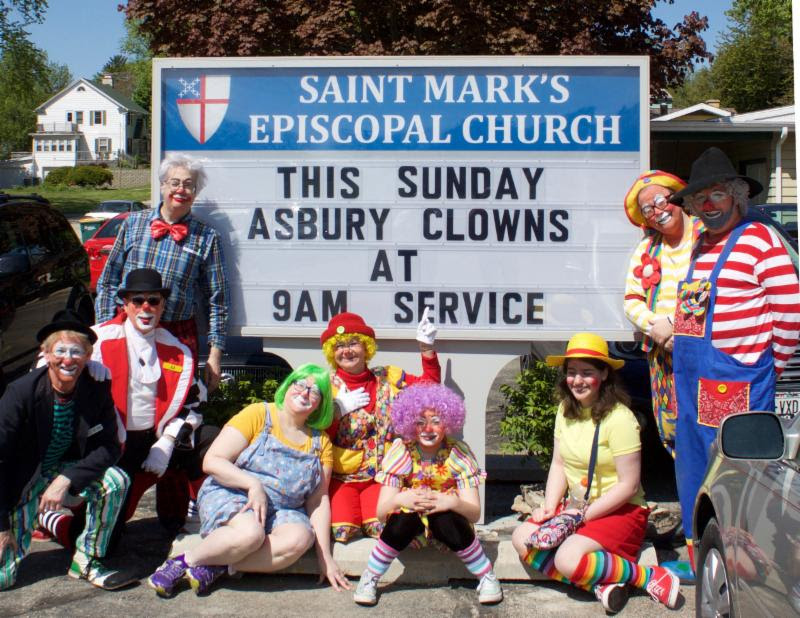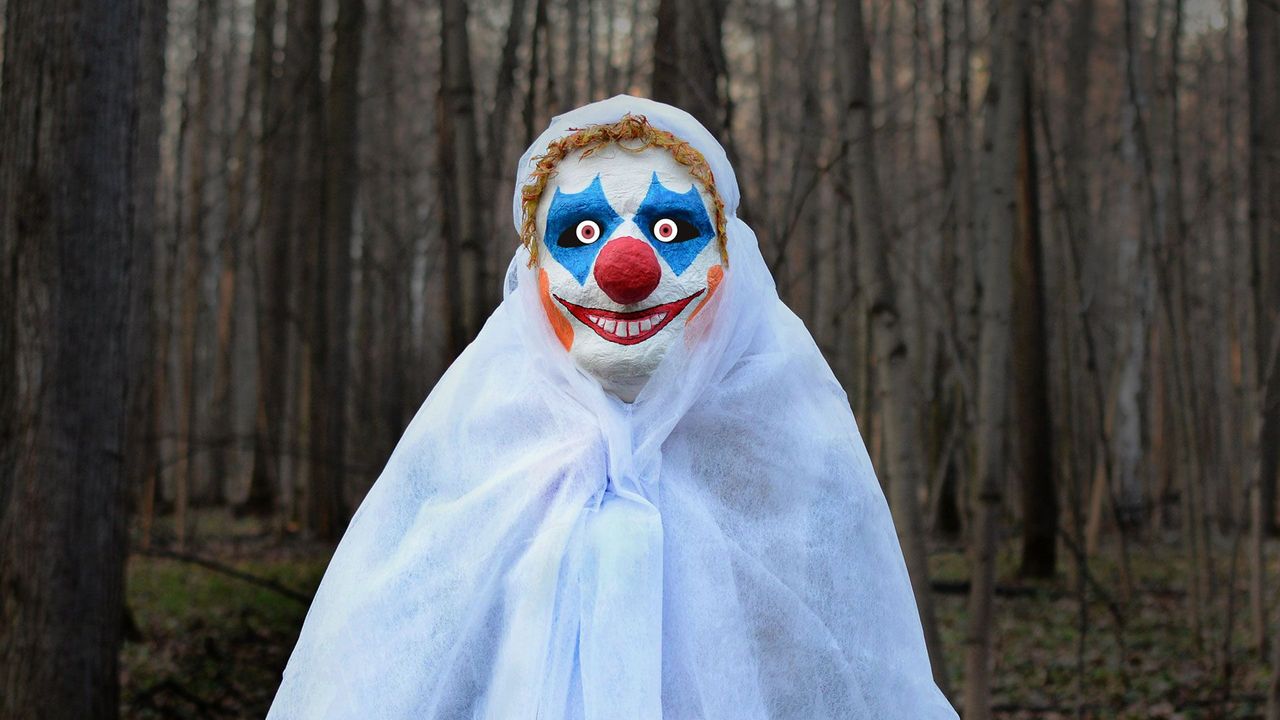All Occasion Performers Things To Know Before You Buy
Table of ContentsThe Greatest Guide To All Occasion PerformersAll Occasion Performers Can Be Fun For AnyoneEverything about All Occasion Performers3 Simple Techniques For All Occasion PerformersFascination About All Occasion Performers
Political illustrator Thomas Nast based his drawings of Uncle Sam on Rice and his outfit. Dan Rice was an established animal instructor. He focused on pigs and burros, which he trained and marketed to other clowns. He likewise offered an act with an experienced rhinoceros and is the only person in circus history to provide a tightrope strolling elephant.He was also a benefactor who offered kindly to numerous charities and he set up the very first monolith to soldiers eliminated throughout the Civil War - Dallas corporate events Dallas. Beginnings of the Auguste characterThere is an extensively informed tale about the beginnings of the Auguste clown. According to the tale, an American acrobat called Tom Belling was carrying out with a circus in Germany in 1869
The supervisor all of a sudden went into the space. Belling removed running, winding up in the circus sector where he tipped over the ringcurb. In his shame and rush to run away, he tipped over the ringcurb again on his escape. The target market screamed, "auguste!" which is German for fool. The manager commanded that Belling proceed looking like the Auguste.
Not known Factual Statements About All Occasion Performers
For one point, words Auguste did not exist in the German language until after the character became prominent. Among the theories of the real origin is that Belling replicated the personality from the R'izhii (Red Haired) clowns he saw when he toured Russia with a circus (https://triberr.com/all0ccperf0rm). Personalities like the auguste absolutely existed previously

The dancing later came to be referred to as faucet dance. It must be noted that there are alternating 'beginnings' for the vagrant character"one of which was the traveling "hoe kids," or itinerant ranch employees, that rode the rails from one community to one more, wiping the soot away from their eyes & mouth.
The Ultimate Guide To All Occasion Performers
Note that the scare wig, overstated lips and eyes, extra-large clothes and props of the American clown, props such a seltzer water, packed clubs, blowing up stogies, and whistles full of soot, are not Grimaldi's. They belong to Tambo and read more Bones. The English blackface comedian Charles Mathews concerned America in 1822 to execute and examined black life and personalizeds.
No one knows where the mummers' plays and Morris dancings originated from. In such plays there is a mishmash of personalities consisting of "kings" and "saints", cross-dressing, and blackface roles; the faces of Morris (or "Moorish") dancers were likewise blackened. The mummer's plays were not for fun. Many were executed by inadequate men in the starving time after Xmas.
If denied, they would certainly rake the transgressor's backyard. The Derby Play of the Tup was done for food and beer by jobless youths. This usage of blackface for political action camouflaged as home entertainment continued in America when the descendants of these males blackened their faces to object tax obligations. One such objection has entered American history as the Boston Tea Event.
All Occasion Performers for Dummies

While not the lavish events we consider today, some early, rougher kinds of traveling circus were popular in America from Revolutionary times-- George Washington was a fan. Blackface clowns executed in them from at the very least the 1810s and maybe before; they were a staple by the 1820s. The broad red or white mouth painted on by modern-day clowns is a residue of the blackface mask.
In many respects minstrelsy was born when these performers relocated their acts from the camping tent to the stage of American range theaters. Certainly there was a solid aspect of clowning in minstrelsy. The blackface mask was a clown's camouflage, overemphasizing the facial features right into an animation, a caricature. The blackface clown may be the precursor these days's anodyne circus clown, but otherwise both are as opposite as blackface and whiteface.
Everything about All Occasion Performers
In many customs the clown would certainly reveal some physical defect, like a hunchback, dwarfism-- or like Jim Crow, lameness. And because he was various, an Others, the clown was permitted to state and do points no one else could.
Witticism and parody were main to minstrelsy. It's fascinating that in the West African societies from which most servants came, the poet-singer griot served the exact same ridiculing jester function when the celebration occurred. That may have something to do with the interested (to us, looking back) ease with which Southern Blacks accepted not just the music however even the undermining humor of minstrelsy.

Emmett Kelly was the ideal recognized vagrant clown with his character "Weary Willie."Vagrant clowns are experienced: + jugglers + illusionists + pianists + chalk talk artist + cyclists.